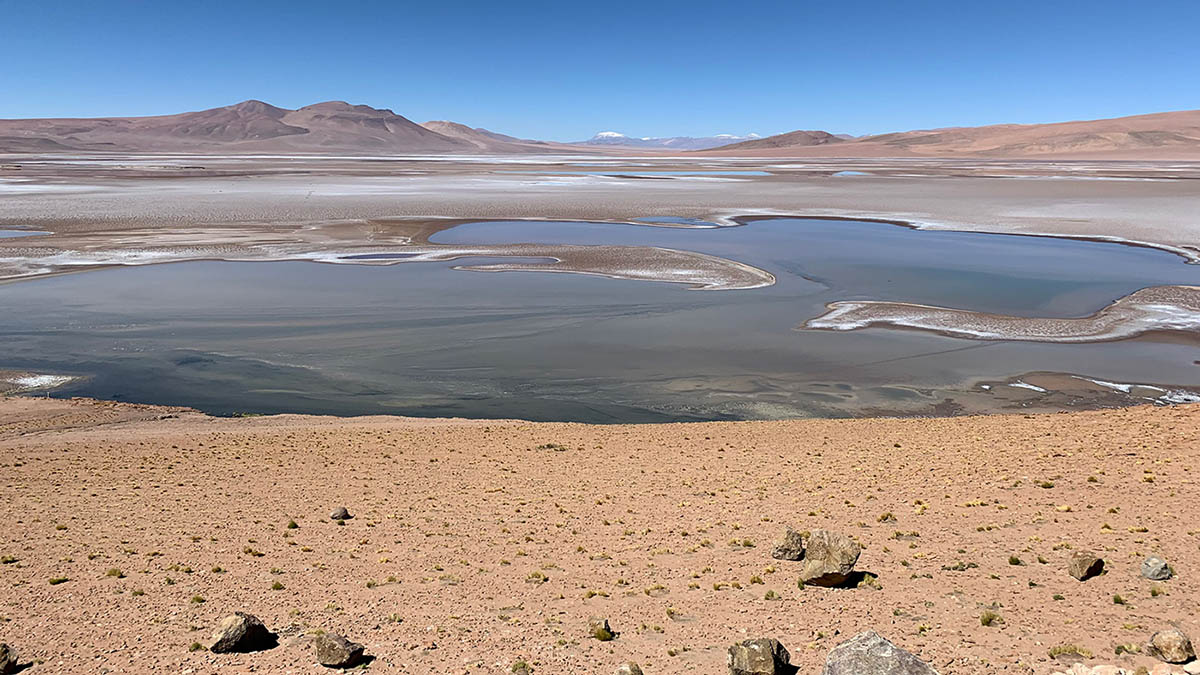Filled with briny lakes, the Quisquiro salt flat in South America’s Altiplano represents the kind of landscape that scientists think may have existed in Gale Crater on Mars. (Maksym Bocharov)
Home Filled with briny lakes, the Quisquiro salt flat in South America’s Altiplano represents the kind of landscape that scientists think may have existed in Gale Crater on Mars. (Maksym Bocharov) Filled with briny lakes, the Quisquiro salt flat in South America's Altiplano represents the kind of landscape that scientists think may have existed in Gale Crater on Mars. (Maksym Bocharov)



